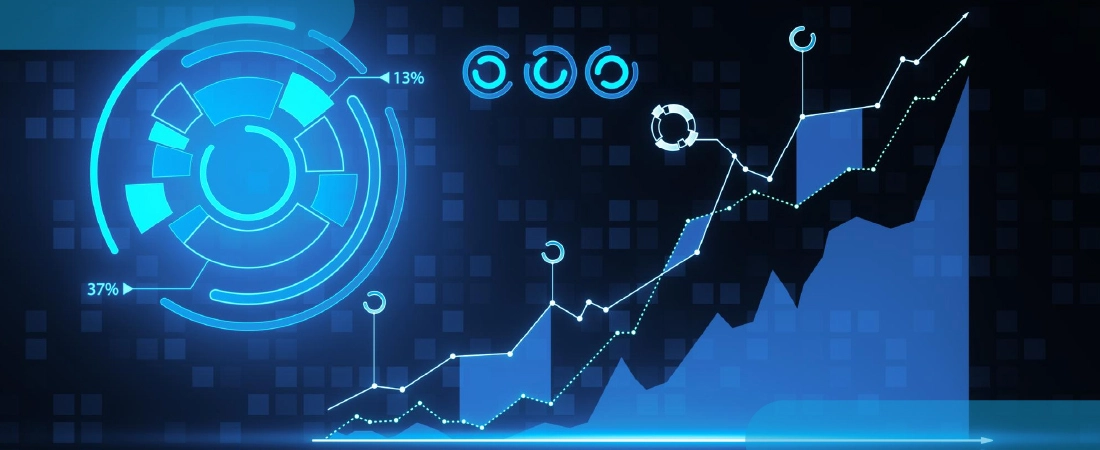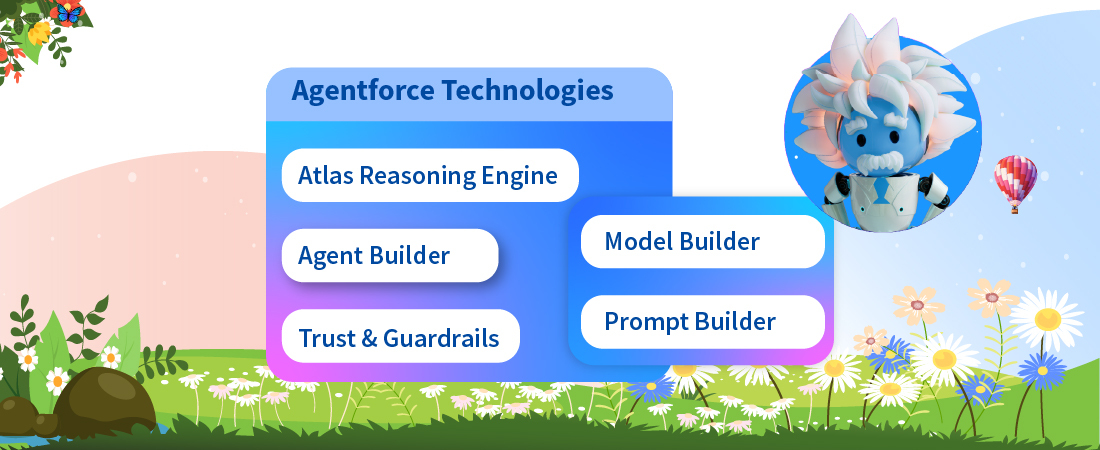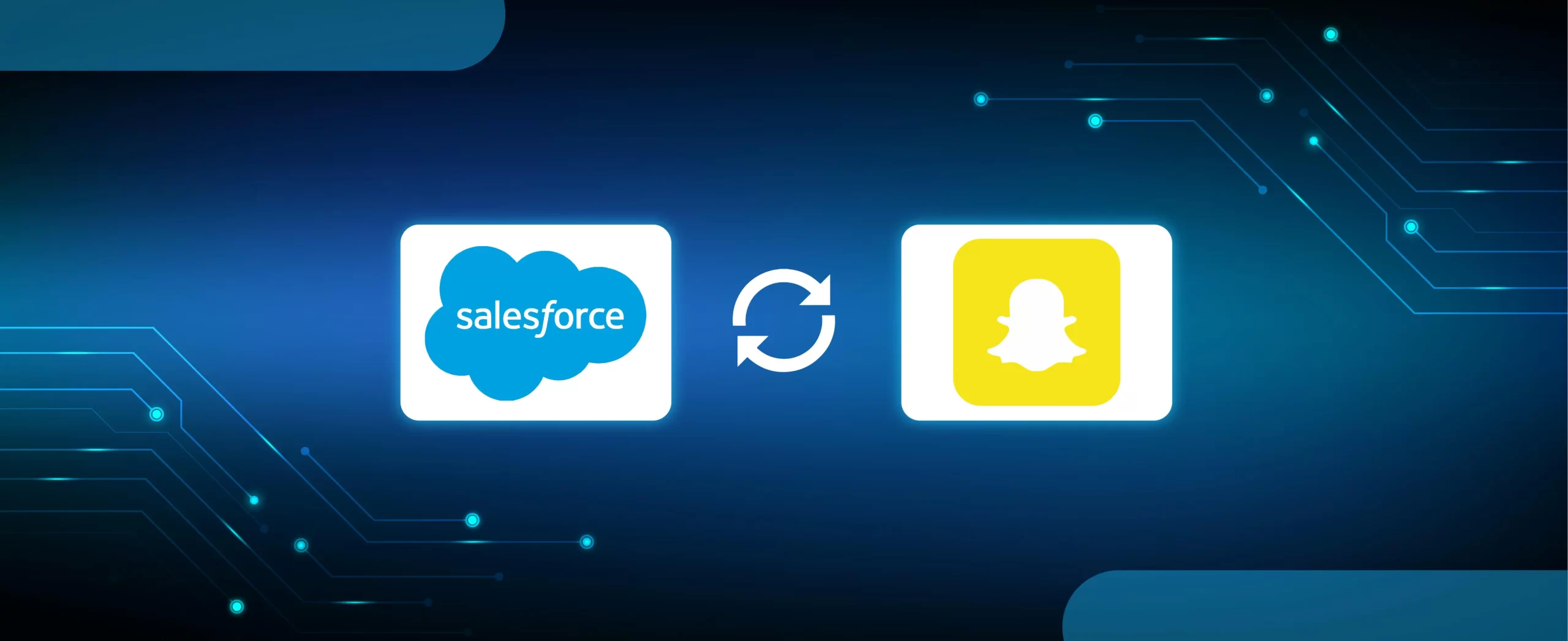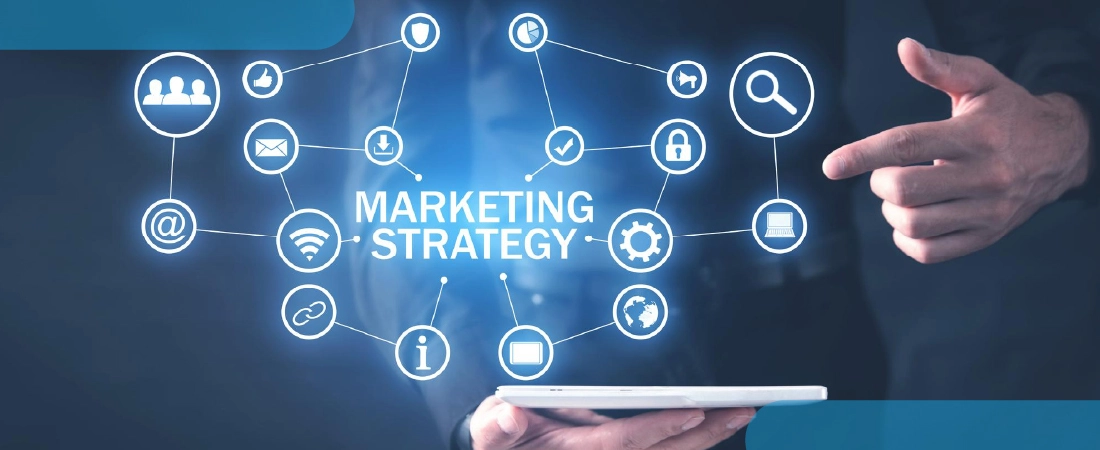In this all-digital world, we know how important it is to deliver the best to your customers as well as employees. And, measuring these metrics can be a little daunting task. Before the pandemic hit us and changed our lives, sales teams used to focus on leads in the pipe, pipeline velocity, and one-off sales.
But now, everything has changed. The world has gone all-digital. That being said, it is important to reinvent how we measure success and sales. Today, we are bringing to you the top 5 new Sales metrics to help you build long-term relationships with your customers as well as employees.
So, let’s start!

1. Recurring Revenue
Recurring Revenue is something that companies get in exchange for the features of products or services that they are providing. Subscription is the most common type of recurring revenue. Companies may charge the sum for a set period, say monthly or yearly.
Also, some other modes of recurring revenue include affiliate sales, leases, and ad-based revenue.
How do we measure recurring revenue
[Recurring revenue = Active accounts in a period X Cost of good/service]
Recurring revenue in this digital world is a blessing as it can be managed easily and matches the demand of both buyers and sellers.
2. Customer Retention and Churn
This is the most important thing that business owners want. It is the percentage of your customers that remain active buyers. On the other hand, Customer Churn is the rate of customers that stop doing business with you. You can use them both to track down the customer’s relationship with your company.
How do you measure Customer Retention and Churn rates?
[Customer churn = (Customer total at end of churn period – Customer total at the start of churn period) / Customer total at the start of the churn period X 100)]
[Customer retention = 100 – Customer churn]
Hence, knowing Customer retention and churn percentage is important to see your business growth at a particular time.
3. Customer Lifetime Value
Customer Lifeline Value tells you about all the likely customer purchases from a company based on their past purchase behavior.
How to measure Customer Lifetime Value?
[Customer lifetime value = Average order amount X Average purchases/year X Average retention time in years]
Also, Customer Lifetime Value may change over time with a shift in product offerings such as one-off sales to subscription-based.
4. Early Warning Signs
This identifies the changes in customer purchase patterns that may show their decreasing interest in your product or service. Thus, it helps you measure any danger to your predictable revenue.
How to measure Early Warning Signs?
This mainly depends on the type of product/service you’re offering and your customers’ shopping habits. Here, all you need to do is identify the “red flags” that can negatively affect your business.
5. Employee Retention/Churn
Employee tenure is more like customer retention, and employee churn is the rate to gauge staff tenure. Also, some companies like to team this with employee lifetime value. However, it is more difficult to measure as staff can unpredictably change roles.
How to measure employee retention/Churn
[Employee churn = (Employee total at end of churn period — Employee total at the start of churn period) / Employee total at the start of the churn period X 100)]
[Employee retention = 100 – Employee churn]
Wrap Up
There you have it! The top 5 sales metrics that everybody should know to determine the sales success and boost relationships. So, if you’re looking forward to getting in touch with a Salesforce consulting partner to help you incorporate Salesforce services into your business, then click here. Our dedicated Salesforce specialists are here to serve your needs.






